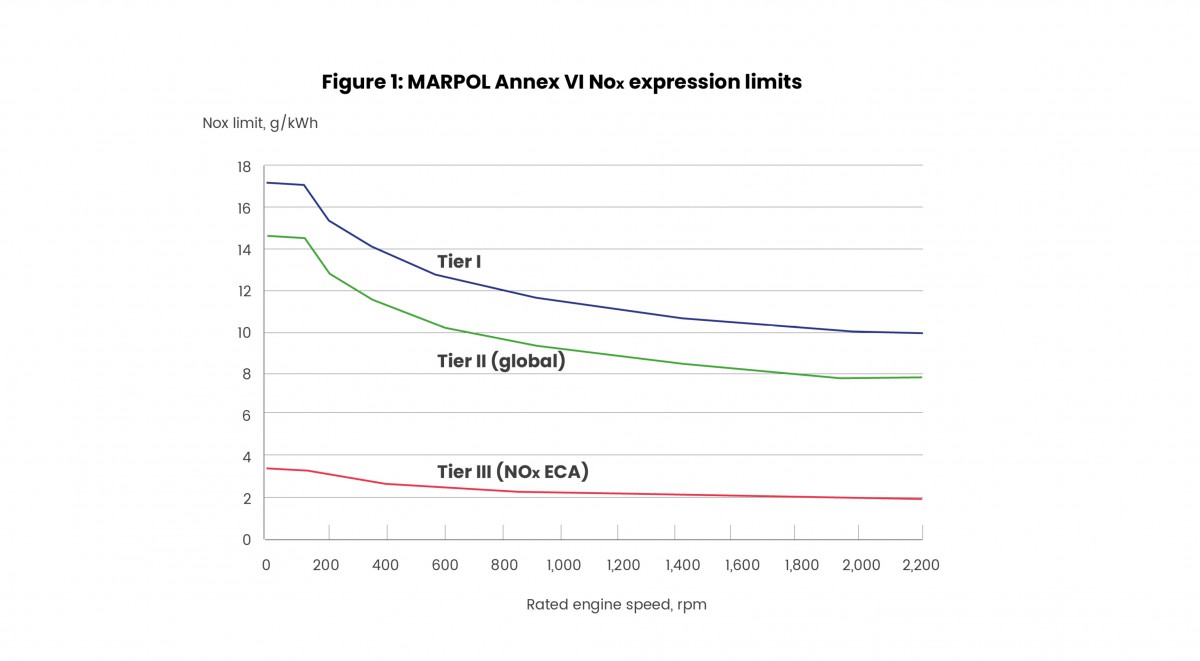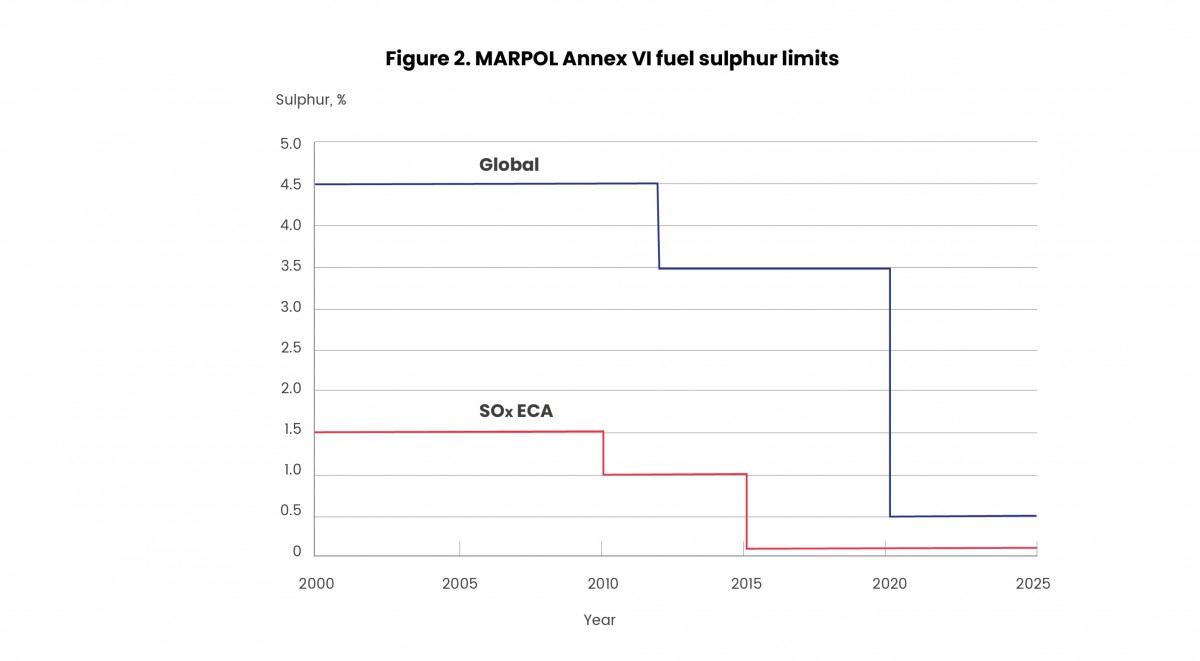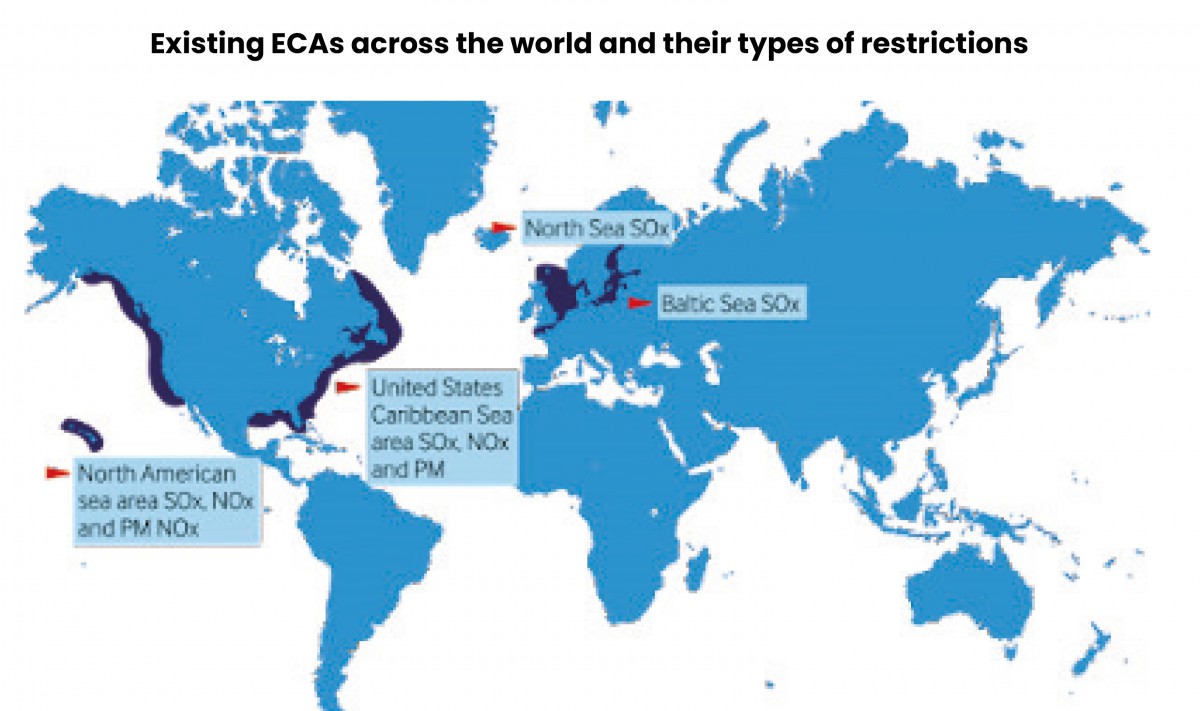NOx and SOx
They may be an easy rhyming pair, but why are these two chemicals such an issue for the industry and the environment?
A topic frequently spotlighted, the pair of noxious-sounding chemical compounds NOx and SOx wield significant influence over the future of the superyacht industry. Our Sustainability Editor, Megan Hickling, provides an insightful breakdown of how these compounds are produced on board, their environmental impacts and how emission regulations affect superyachts.
NOx and SOx, simply put, are pollutants that superyachts discharge when their combustion engines are in operation. Both compounds are often the focus when discussing alternative fuels and power systems, due to their shared and unique environmental impacts and associated regulations.
NOx denotes nitrogen oxides. These oxides will be produced in all engines due to the nature of the diesel cycle and the high temperatures caused by auto-ignition. Nitrogen and oxygen in the air react in the combustion chamber forming NOx (Both NO & NO2). However, there are still solutions to reduce these emissions, such as non-fossil synthetic diesel equivalent fuels like HVO.
SOx are sulphur oxides and mainly depend on the sulphur content in the fuel. The better the fuel grade, the lower the sulphur content will be, as it's removed during the refining process. Fortunately, superyachts use distillates with lower sulfur content than the heavy residual fuels of shipping such as Heavy Fuel Oil and are well below the SECA threshold.
Once NOx and SOx enter the atmosphere, they drive various environmental effects. The most severe of these are highlighted below.
Eutrophication: An influx of certain nutrients can trigger an increase in biomass, like algae, obstructing light penetration into the water, elevating the demand for oxygen, and consequently reducing oxygen levels. This global effect influences both salt and freshwater ecosystems, given the interconnected nature of our waterways.
Acidification: Gaseous emissions dissolve in the atmosphere, forming acids that lower natural pH levels where they precipitate, be it on land or in water. This adversely affects the ecosystems and species present. This issue tends to be more regional, correlating directly with rainfall areas. The smoke containing sulphur oxides, produced by the combustion of marine fuel, can oxidise further. In the presence of catalysts like NO2, it forms sulphuric acid, a significant contributor to acid rain.
Ozone layer depletion: In sunlight, volatile organic compounds combine with NOx to create ozone and photochemical pollutants, exerting a global impact on our atmosphere.
NOx and SOx emissions are regulated through MARPOL Annex VI, also known as the IMO tiers. The graphics below demonstrate these limitations.




The NOx emission limits contained within this regulation apply to each marine diesel engine with a power output exceeding 130kW installed on a ship. There are two exemptions: engines used strictly for emergencies and engines on ships operating exclusively within the waters of the state under whose flag they sail. The latter exception applies only if these engines are subject to an alternative NOx control measure.
On top of the environmental considerations, another reason we should be aware of these restrictions is that coming into effect, from 1 May 2025, will be the latest ECA: the Mediterranean Sea Emission Control Area for Sulphur Oxides and Particulate Matter (Med SOx ECA). This area is shown below:

Map showing the area included within the Med SOx ECA (Source: https://fathom.world/imo-approves-plans-for-whole-med-sea-sox-eca-in-2025/)
This new ECA will join four others across the globe as shown below, along with more potential ECAs in the future, such as China, South Korea and Australia, who have all nominated their territorial waters to become ECAs.

For now, the Med ECA is SOx focused and hence unlikely to be an issue to the yachting sector due to existing low SOx emissions. However, seeing as there are different ways to reduce both NOx and SOx within the industry we can work to go beyond the regulations and further lower emissions and lower environmental impact, especially as regulations could get stricter in the future.
In the next article in this series, we will look at some of the different methods the industry can and is adopting to reduce NOx and SOx emissions.
NEW: Sign up for SuperyachtNewsweek!
Get the latest weekly news, in-depth reports, intelligence, and strategic insights, delivered directly from The Superyacht Group's editors and market analysts.
Stay at the forefront of the superyacht industry with SuperyachtNewsweek
Click here to become part of The Superyacht Group community, and join us in our mission to make this industry accessible to all, and prosperous for the long-term. We are offering access to the superyacht industry’s most comprehensive and longstanding archive of business-critical information, as well as a comprehensive, real-time superyacht fleet database, for just £10 per month, because we are One Industry with One Mission. Sign up here.
Related news

Where are we headed In 2023?
Malcolm Jacotine reflects on the contradictory views of industry CEOs, and the implications this has for our sustainability aspirations
Opinion

The birth of the real-life YETI
How Bram Jongepier’s 3am brainwave triggered serious progress towards more environmentally friendly yachting.
Owner

We’ve got to embrace sustainable refits
The measures owners can take on their own vessels in the race to cut greenhouse gas emissions
Owner
Related news
Where are we headed In 2023?
3 years ago
The birth of the real-life YETI
4 years ago
We’ve got to embrace sustainable refits
4 years ago
NEW: Sign up for
SuperyachtNewsweek!
Get the latest weekly news, in-depth reports, intelligence, and strategic insights, delivered directly from The Superyacht Group's editors and market analysts.
Stay at the forefront of the superyacht industry with SuperyachtNewsweek



